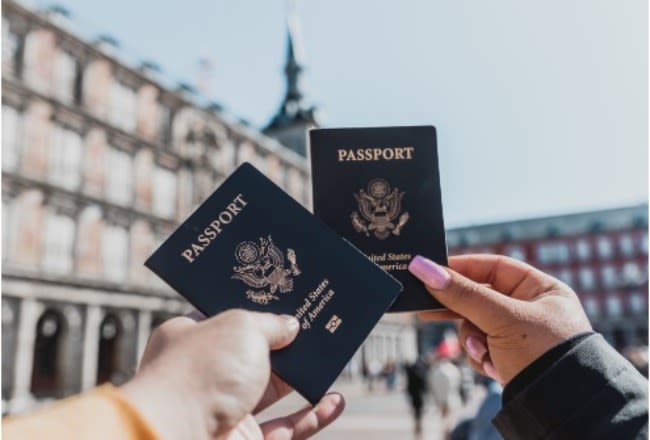Diamonds have long been revered for their beauty, rarity, and symbolic significance, but behind the sparkling façade lies a dark reality. what are blood diamonds, also known as conflict diamonds, are gems mined in war zones and sold to finance armed conflict against governments, often resulting in human rights abuses and environmental devastation.
Table of Contents
Introduction
Intriguingly beautiful yet morally tainted, blood diamonds raise profound questions about the ethics of luxury consumption. What exactly are blood diamonds, and how do they differ from ethically sourced gems? Delving into these questions unveils a narrative of exploitation, conflict lab grown diamonds, and ethical responsibility.
Origins of Blood Diamonds
Historical Context
The term “blood diamond” gained prominence in the 1990s amidst reports of rebel groups in Africa funding violent conflicts through diamond sales. However, the issue traces back much further, with instances of diamond-fueled conflict occurring throughout history, notably in countries like Sierra Leone, Angola, and the Democratic Republic of Congo.
Diamond Mining Practices
The allure of diamonds has spurred a lucrative mining industry, often characterized by poor labor conditions, environmental degradation, and human rights violations. In regions where governance is weak, such as parts of Africa, diamond mining can exacerbate social inequalities and fuel armed conflict.
The Human Cost
Exploitation and Conflict
The extraction and trade of blood diamonds have been linked to a myriad of human rights abuses, including forced labor, child exploitation, and violence against local communities. Armed groups often coerce civilians into working in hazardous conditions, subjecting them to physical harm and psychological trauma.
Impact on Local Communities
Beyond the direct human toll, blood diamonds perpetuate cycles of poverty and instability in affected regions. Communities living near diamond mines may experience displacement, loss of livelihoods, and environmental degradation, further deepening their vulnerability.
Regulation and Conflict-Free Diamonds
Kimberley Process
In response to growing international outcry, the Kimberley Process Certification Scheme was established in 2003 to regulate the diamond trade and prevent the circulation of blood diamonds. Participating countries commit to implementing measures to ensure that diamonds are sourced from conflict-free zones.
Challenges and Limitations
While the Kimberley Process has made strides in curbing the trade of blood diamonds, critics argue that its effectiveness is limited by loopholes, corruption, and inadequate enforcement. Additionally, the scheme has faced scrutiny for failing to address issues such as child labor and environmental sustainability.
Ethical Consumerism
The Power of Consumer Choice
As consumers become increasingly conscious of the ethical implications of their purchases, there has been a growing demand for ethically sourced diamonds. By opting for certified conflict-free diamonds, consumers can leverage their purchasing power to support responsible mining practices and promote social justice.
Supporting Ethical Diamond Trade
Beyond choosing conflict-free diamonds, consumers can also advocate for transparency and accountability within the diamond industry. Supporting initiatives that promote fair labor practices, community development, and environmental stewardship can help foster a more sustainable and equitable diamond trade.
Conclusion
The allure of diamonds may be eternal, but our ethical responsibilities are equally enduring. As we reflect on the complex web of issues surrounding blood diamonds, we are compelled to confront our role as conscientious consumers. By choosing to prioritize ethical considerations in our purchasing decisions, we can contribute to a more just and sustainable future for all.
In the end, the true value of a diamond lies not in its price tag or sparkle, but in the ethical integrity of its journey from mine to market. As we navigate the complexities of the diamond industry, let us heed the call to action for ethical diamond purchasing and pave the way for a brighter, more compassionate world.





